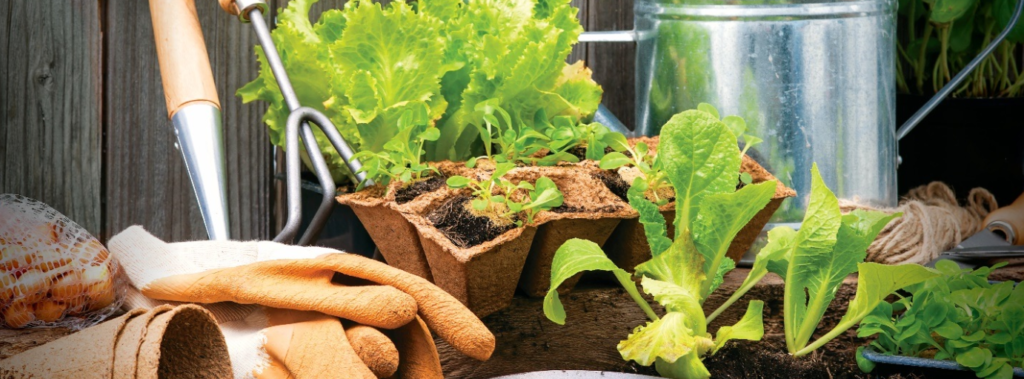

It is used as an organic fertilizer to improve soil fertility, prepare plant mixtures, for mulching to reduce moisture evaporation, reduce temperature changes in the soil, prevent weed germination, and form a soil crust. Indispensable when planting trees, shrubs and flowers that prefer acidic soils.
When growing plants that do not respond well to increased soil acidity, acidic peat is neutralized by adding limestone flour, chalk or ash. To increase fertility, mineral fertilizers are added.
When growing plants that do not respond well to increased soil acidity, acidic peat is neutralized by adding limestone flour, chalk or ash. To increase fertility, mineral fertilizers are added.
To grow seedlings of vegetable and flower crops, prepare a mixture of lowland peat and agroperlite in a ratio of 4: 1. For 10 liters of the mixture, add 2 g of nitrogen fertilizers and 12–15 g of complex fertilizer, and to neutralize the substrate, limestone flour or ash.
On the surface of clay or sandy soil, evenly distribute lowland peat 10-20 l/m². Then dig up the soil to the depth of a spade bayonet (25-30 cm).
Place lowland peat directly under the plant in a layer of 5-8 cm. This will help retain moisture in the soil longer and prevent the formation of an earthen crust and the germination of weeds. To protect the root system from freezing in winter and during frosts, the thickness of the mulch layer is increased to 15 cm.
To protect the root system of the seedling from damage and drying out during transportation. Place the plant in a bag of lowland peat.
To prepare compost, mix lowland peat with manure (1:1) and chicken droppings (7:2). The compost ripening time in summer is 2–3 months.
Discard the soil on the area intended for the lawn well. Place a layer of lowland peat (neutralized), 8-10 cm thick, on top. Then dig together with the top layer of soil to a depth of 15 cm. Level, lightly tamp (roll), moisten and sow lawn grass seeds. Spill generously.
In order to protect the seedlings from drying out and physical damage, place the root system of the seedling in a bag filled with low-lying peat.